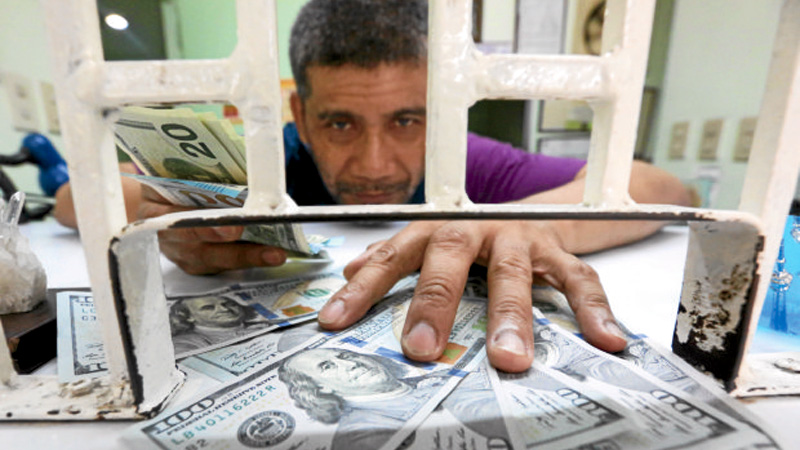THE PHILIPPINE peso slightly recovered and gained eight centavos to close at P48.17 to a US dollar on Tuesday after hitting a seven-year low of P48.25 on Monday.
The local currency, however, remained at Tuesday’s closing still the weakest since Sept. 15, 2009’s close of P48.335.
At the Philippine Dealing System (PDS), the peso opened at P48.35, hit an intraday low of P48.405 and a high of P48.18.
Total volume traded at the PDS dropped to $568.1 million from $758.5 million last Monday.
Bank of the Philippine Island associate economist Nicholas Antonio T. Mapa noted that the peso was trading higher in the morning session, averaging at P48.265:$1, despite “sustained foreign outflows which weighed on the Philippine Stock Exchange (down 0.98 percent) dragged on the peso as well, while corporate demand, given the timing of the end-month, exacerbated the peso’s weakness.”
“Toward the end of the session, traders booked gains from long-US dollar positions while some dealers remained wary of BSP’s possible presence in the foreign exchange market to smooth out the depreciation trend and weed out speculative trades,” Mapa added.
Bangko Sentral ng Pilipinas (BSP) Deputy Governor Diwa C. Guinigundo noted that negative market sentiment dominates the forex market right now.
“Because of perceived risks which may not really be justified and continuing uncertainty about the unknown in the calculus of forex traders, they have embraced negative sentiment rather than focus on fundamentals. Not even the real interest rate differentials which are rather manageable could justify the sharp fall of the peso except the negative perception of the market,” Guinigundo told reporters in a text message.
Budget Secretary Benjamin E. Diokno, however, told reporters on the sidelines of the Makati Business Club’s annual meeting on Tuesday that he was not worried about the peso’s decline against the greenback, and was “comfortable” with the present forex level.
“If you compare the depreciation of the peso relative to other currencies, it’s really not that bad. The weakening of the peso is the reflection of the strengthening of the dollar. And that is because of the possible [rate] adjustment of the Fed,” Diokno said.
For the rest of the week, Metrobank Research expects the peso to trade within the 47-48.5:$1 range, “with the BSP present to smoothen volatility.”
“The peso continues to underperform despite the Fed not hiking rates this month and releasing a dovish dot plot,” Metrobank Research said in a note to clients.
Trade Secretary Ramon Lopez assured that a weaker peso would likely have a negligible impact on the prices of consumer goods and imported fuel products, and may even benefit exporters, overseas Filipino workers (OFWs) and outsourcing firms operating in the country.
Lopez noted that the peso depreciation was less than 5 percent and would still have a minimal effect in the production costs of most consumer goods.
But in a phone interview on Tuesday, Lopez admitted that to a certain extent, a weak peso might put a possible cost pressure on goods that have an import component.
